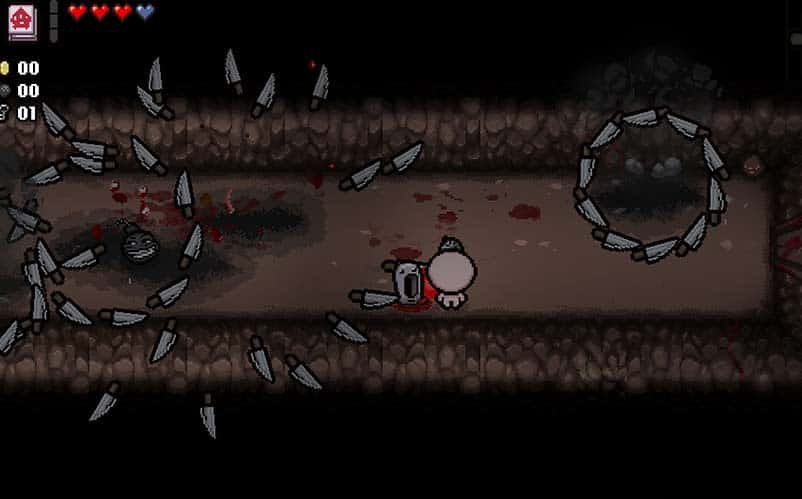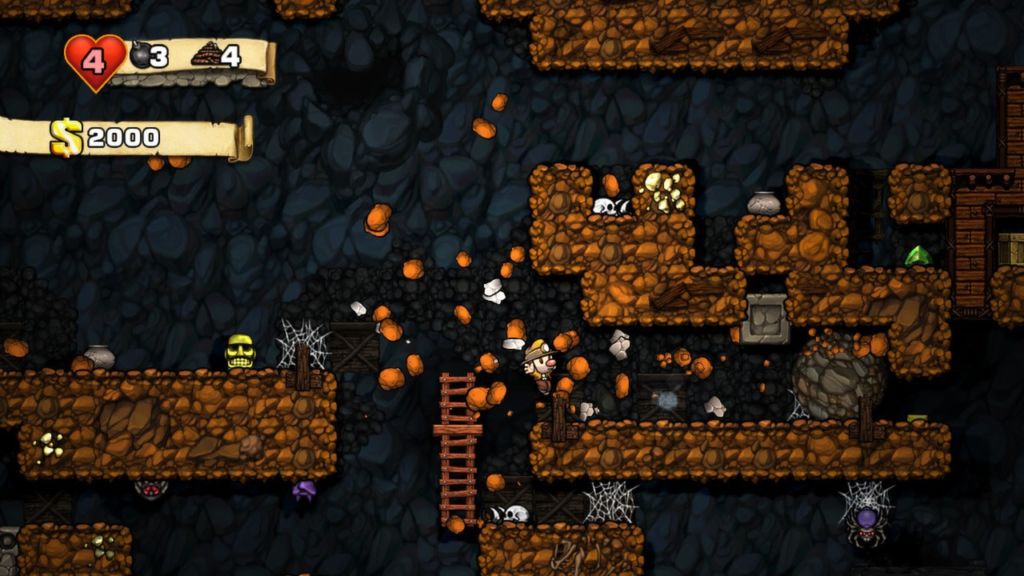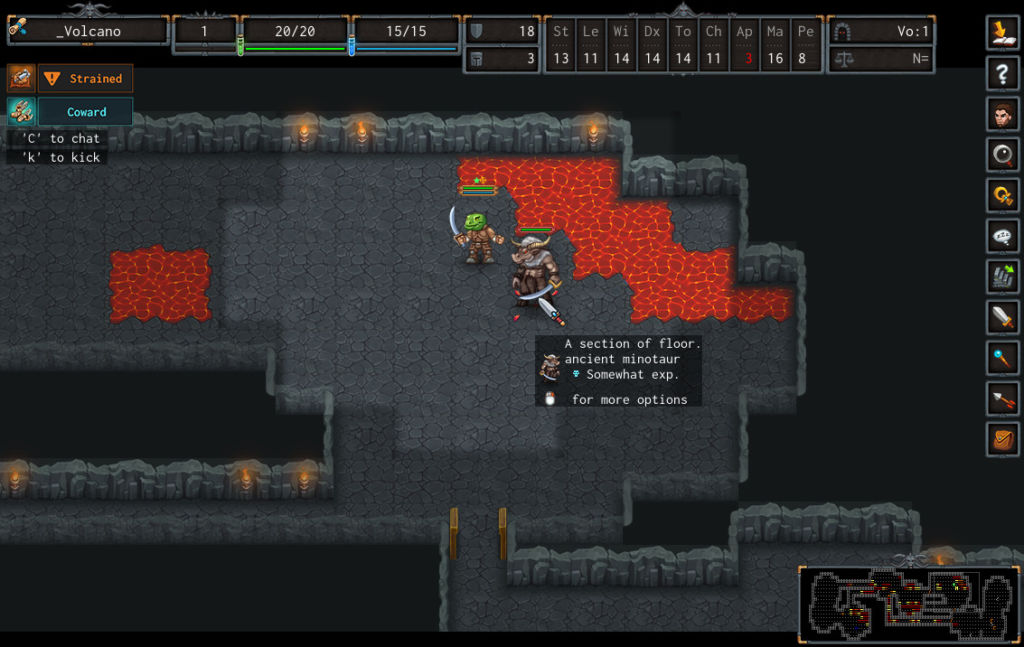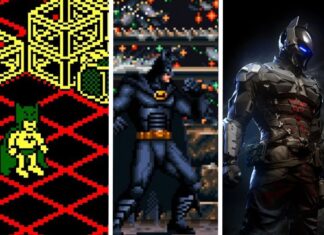What once started as the game Rogue in 1980 has spawned at least two different gaming genres called Roguelikes and Roguelites. Depending on who you ask, when talking about roguelikes vs roguelites, the similarities may stop at the name and descend into long lists of must-have features or even shrugged off as just simple buzzwords.
There is one thing that will remain certain in all of this: people will still adamantly disagree about the differences between a Roguelike and Roguelite as if their own life was on the line.
The roguelite vs roguelike discussion will rage on within the depths of internet communities well after we’re all gone. Let’s take a step back here for a while and dissect what really differentiates a Roguelike from a Roguelite.
What is a Roguelike?
A Roguelike game is simply a game like the game Rogue. The straight-edge crowd vehemently believes that a Roguelike is a combination of 15 different game mechanics separated by high and low-value factors. They call this the Berlin Interpretation but I tend to question this more than a little as even the title contains the word interpretation.
If you read into how the game would be scored, it’s not even a guarantee that it’s awarded the coveted Roguelikes categorization. I’m surprised the following list doesn’t also include mechanics such as pause buttons, a starting screen, and an ending.
High-value factors
- Random environment generation
- Permadeath
- Turn-based
- Grid-based
- Non-modal
- Complexity
- Resource management
- Hack n slash
- Exploration or discovery
Low-value factors
- Single-player character
- Monsters are similar to players
- Tactical challenge
- ASCII display
- Dungeons
- Numbers
Another common list of requirements takes an almost opposite approach and states that If the game contains permadeath and some type of random environment generation it’s most definitely a Roguelike. I don’t think everyone will always agree on anything over the internet but we now have more than enough game mechanics to pick and choose from to start forming a Roguelike game. I believe the lynchpin of the Roguelike genre is that it contains some or all of these values but also doesn’t carry over any progress. When you die, game over, back to the start with you. That’s simply how Rogue is and we should expect the same from titles that are like Rogue, or Roguelike.
What is a Roguelite?
A Roguelite is not all that different from a Roguelike and is probably the lesser debated and more sane genre definition between the two. Some might include the even more muddied genre Roguelike-like but I think that’s absolutely crazy as we have enough problems maintaining two. Roguelites separate themselves from Roguelikes via a mechanism to carry over progress from one run or death to another. That’s it, we’ve found the holy grail that is Roguelites and it’s simply an out of run persistence saving mechanism. Not so fast, this doesn’t mean a game can only have persistence and instantly be blessed with the Roguelite title. It must also have an assortment of the high or low-value factors of a Roguelike.
Roguelites have become massively popular since the inception of Spelunky, one of the first of the newer generation Roguelite games. Since then we’ve seen titles such as Slay the Spire, Dead Cells, and Enter the Gungeon (one of the best couch co-op games of our generation, by the way) become must-have staples for any Roguelite fan’s library.
A Genre of Problems
The sad truth is that both Roguelikes and Roguelites have become subject to both marketing and sales departments. The genres are often confused and mixed together with only the most marketable features listed bullet points within the games description page. The now buzzwords of “permadeath” and “procedurally generated” are too often misused and slapped on game genres of all types. It’s no wonder the genre definitions are often mixed up and shuffled like a deck of cards.
A Short History Lesson
A Roguelike is first and foremost, a type of video game derived from the game Rogue. When talking about any type of game that references the word “Rogue,” it’s undoubtedly referring to the 1980’s Rogue. From Rogue spawned a slew of mechanically similar games called Hack, Moria, then later Nethack, ADOM (Ancient Domains of Mystery), and Angband.
The name and concept of Roguelike didn’t arrive until 1993 when Andrew Solovay suggested such on a USENET newsgroup. Interestingly enough even in 1993, another user suggested that these games “have diverged too far from each other to be unified into one hierarchy” and deserved further distinction.
Amongst the discussion, other names were also thrown out there such as ascii-dungeon, tty, and dungeon. I’m thrilled Roguelike was the one to survive the gauntlet of the ages.
Being born in 1983, I didn’t get the chance to ride out this generation of gaming, mine didn’t start till much later in the form of Nintendo and Sega Genesis. Nonetheless, their greatness is still known, and without them who knows what games we all would be playing. I think we can all agree on one thing though. Absolutely every one of these games is a Roguelike. It’s not until much later on that the entire genre starts to feel a little bent, and starts to look not quite like it used to.
Where do we go from here?
Roguelikes and Roguelites are not all that different when you break them down to their core mechanics. One might make the case that one is more difficult than the other but I’ve played really hard Roguelikes and Roguelites. Yodanji and FTL instantly come to mind and neither of them are easier or harder than another.
I think it’s more important that we find a common ground when talking about Rogue style games. No, we can’t abandon the already muddied waters that is Roguelikes but we can start to reference games by their individual mechanics rather than by broad strokes of the imagination. A Roguelike could be up to a total of 15 different game mechanics so telling someone that your game is a Roguelike only very thinly tells the story of what that game actually is.
The Need for Genres
Genres were created to give players a clearer view of what mechanics could be found within the boundaries of the game. When someone says Shooter, Puzzle, or Idle game, you immediately know what you’re getting into. Genres don’t need to be a clear text label at the bottom of the description. It can be conveyed through still images or video clips.
The game genre is a required piece of information necessary for buyers to make decisions just as much as price or how it looks. I don’t know a whole lot of people that have purchased games without seeing any media; in fact, gamers are often angry over only been shown cinematic gameplay. So why should the game genre be any different?











